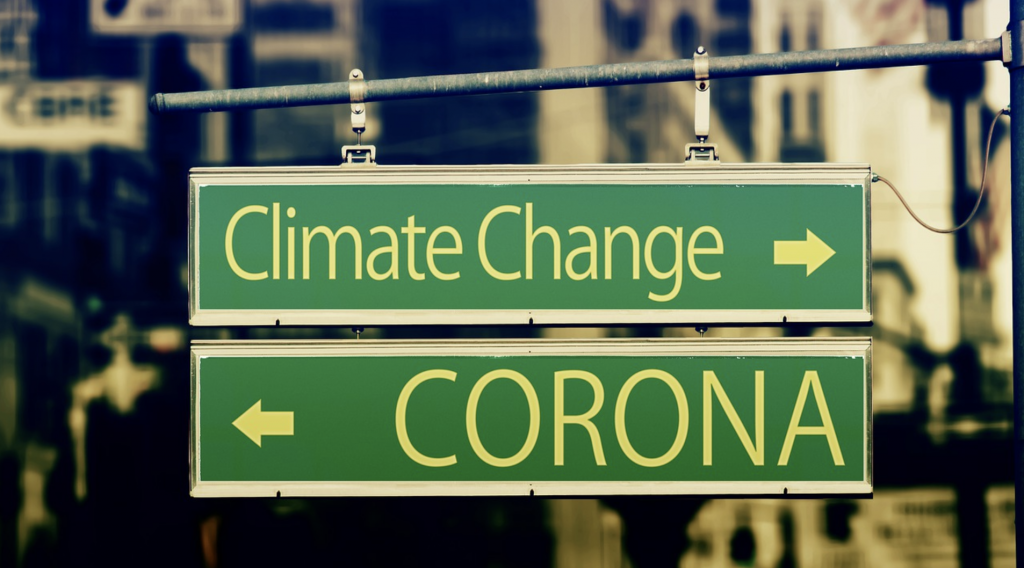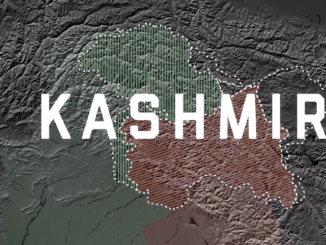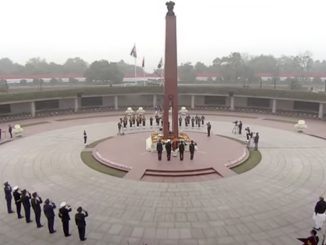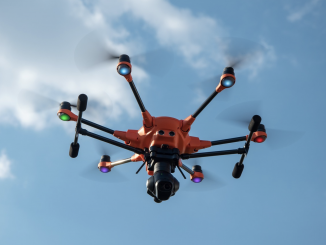
The world has seen abrupt changes in the last couple of years. Climate change is one of the most threatening issues that is the aftermath of human activities on the planet earth. The accelerated globalization resulted in industrial production, transportation, and deforestation which are responsible for the increased emission of greenhouse gases. The human-induced emission of greenhouse gases results in global warming. The world already has faced observable effects of climate change on the environment including melting glaciers, shrinking rivers, changing weather patterns, loss of biodiversity, and loss of habitat. Climate change is not purely an environmental problem but also it has implications for global peace and security. As Ban Ki-moon said, “Climate change does not respect borders; it does not respect who you are — rich and poor, small and big. Therefore, this is what we call ‘global challenges,’ which require global solidarity.” The global problem requires an immediate and coordinated response by the whole international community.
In 2020, IMCCS published a report titled “THE WORLD CLIMATE AND SECURITY 2020,” which underlined the substantial threats to global security posed by climate change. These include water insecurity and food scarcity, increased political instability and conflict, and mass displacement. In sum, climate change was considered as a “threat multiplier’ in already highly volatile regions of the world. On 19 February 2021, by realizing the seriousness of the issue, U.S.A has re-joined the Paris Agreement on climate change. Moreover, on February 23, 2021, the UNSC debated over climate change as a security issue. The UN Secretary-General Antonio Gutiérrez remarks that “Climate emergency is the defining issue of our time.” He told the council that, “last decade was the hottest in human history and it will not only damage the environment in which we live but it will also weaken our political, economic and social systems.” In his briefing, he emphasized the need for the countries to achieve the goals of the Paris Agreement on Climate Change, which is to limit global temperature rise to 1.5 degrees Celsius by cutting down carbon emissions to level zero.
The world’s “hot zones” are already on the receiving end of climate-related issues, resulting in regional and local conflicts. The instability in these regions is accelerated by water scarcity, food shortage, and over-population. Climate change-related disruptions place a strain on the world’s civilian and military institutions. According to The National Intelligence Council of the USA, tremendous economic expansion combined with 1.5 billion extra people will put a strain on the world’s resources- mainly energy, food, and water- by 2025, increasing the prospect of scarcity as demand outstrips supply.
The least developed countries of the world are most vulnerable to climate change In 2020, when the Covid-19 was making headlines, climate change was eclipsing previous records. In 2020 alone Cyclone herald in the Solomon Islands, Bangladesh half submerged in flood, record flood of Sudan, and flash floods in Yemen are some snaps of –climate-related disasters. The LDC’s are paying price for the deeds of developed countries. In the 50 years, LDCs have accounted for 69% of global mortality caused by climate-related disasters. The inability of LDCs to manage the sudden climate-related disasters such as floods and long-term stresses such as food shortage will result in increased regional tensions and threats to global peace and security.
As global emissions were dropped because of Corona’s lockdown worldwide. However, it was insufficient to halt the accumulation of greenhouse gases in the atmosphere. According to the analyst of Scripps Institute of Oceanography, the CO2 level has reached a record level in the first quarter of the year. The research has estimated that since the last 3 million years no such level of CO2 has been seen in the atmosphere. In May 2021, the level of CO2 was recorded 419 parts per million that are half percent higher than in 2020 which was 417 parts per million average level of CO2 in the atmosphere. The time is slipping from our hands and the world is moving towards a catastrophe. Nevertheless, nations prioritize their own national interests above global security. Now in the post-pandemic era, the economic activity of states has suddenly increased especially in Asia. As in the case of China, because of carbon-intensive economic activities, the CO2 emissions rose to 9% in the first quarter of 2021 compared to the pre-pandemic level. So, it is expected that global emissions will rise at the second-fastest pace this year.
The biggest challenges world will face in the next decade will be the impacts of Covid-19 and accelerated climate-related problems. The Covid-19 already resulted in inequality and geographical instability around the globe. In the recovery plan of Covid-19, the climate must be put at its core. No vaccine will be available for climate change, which will inflict harm that cannot be reversed. As World Economic Forum Global Risks Report ranked the highest likelihood risks for the next 10 years. Extreme weather conditions, climate action failure, and human-led environmental damage are at top of that. It is impossible to predict that how factors like climate change, food shortage, water scarcity, forced displacements, health insecurity, and instability at the regional and local level can have an impact on each other. But the Climate Change will act as an accelerator in creating instability at the global level. Global security can be prevented from collapse can be prevented by promoting resilience and the ability to adapt around the globe.
![]()




Be the first to comment